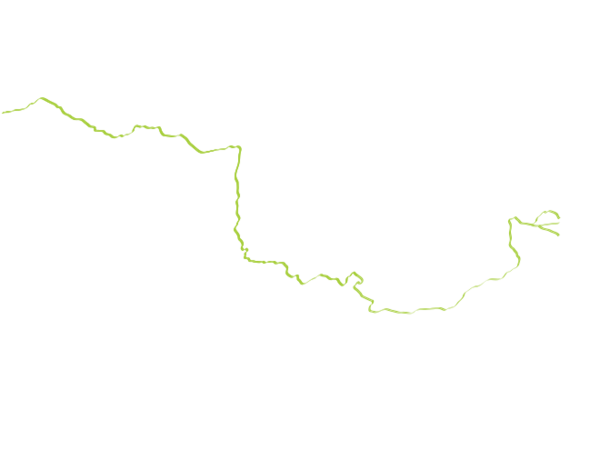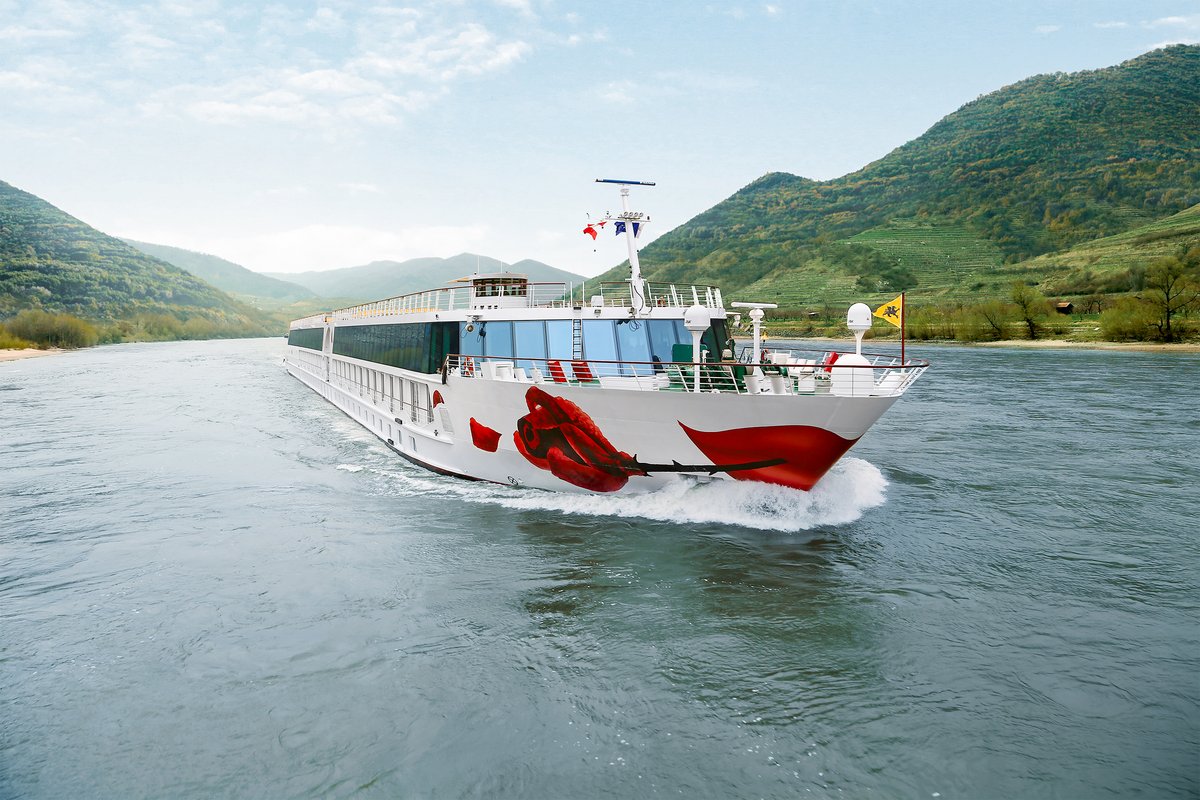City Breaks along the Danube
Belgrade (Beograd) is the capital of the Republic of Serbia. Its name translates as ‘white city’ (beo means ‘white’ and grad means ‘city’ or ‘town’). With 1.71 million inhabitants, it is the most populous city in Serbia and serves as the country’s political, cultural and economic centre. Due to its location at the confluence of the Sava and Danube and at the northern edge of the Balkan Peninsula, Belgrade is a crossroads between central and south-east Europe and the Middle East. That’s why the city is often described as the ‘Gateway to the Balkans’.
Archaeological finds suggest that the area around Belgrade was settled as early as the fifth century BC. The first written account of the city of Singidun – as Belgrade was then called – dates back to 279 BC. In around 86 BC, the Romans arrived. They conquered the city, changed the name to Singidunum and turned it into a fortress. From 488 AD onwards, it was part of the Byzantine Empire. Belgrade first became the capital of the medieval Serbian dynasties at the beginning of the 15th century and has been Serbia’s royal seat since the 19th century.
Belgrade city break with A-ROSA
Step aboard one of the A-ROSA cruise ships and discover Belgrade from the river. During your Danube cruise, the A-ROSA MIA, the A-ROSA RIVA and the A-ROSA FLORA will dock right in the centre of the city. Join one of our guided excursions with a guide who knows their way around, or explore by yourself. In the evening, return to the ship, and enjoy A-ROSA’s feel-good programme. Relax in our SPA area or chat to your fellow guests over dinner about the day’s adventures as the twinkling city lights drift by and your cruise ship continues towards Bratislava or Vienna.

A-ROSA River Cruises to Belgrade
The best Sights and Destinations in Belgrade
BELGRADE FORTRESS
Belgrade’s most important structure and best-known landmark is its fortress. Rising up from a 50-metre-high ridge, its beautiful, monumental, reconstructed walls dominate the city. It is comprised of two parts: the upper town, whose medieval centre was fortified during the baroque period, and the lower town. Within the complex are two churches, several gates and chain bridges, two fountains, several bronze monuments, museums, galleries and a zoo.
CATHEDRAL OF SAINT SAVA
This Serbian Orthodox cathedral covers an area of 3,500 square metres, which makes it the largest church in the Balkans and one of the largest Orthodox buildings in the world. The diameter of its dome even exceeds that of the Hagia Sophia in Istanbul. The church was dedicated to Saint Sava, the first Serbian archbishop and the country’s patron saint, and was built on the spot where his remains were burned.
CATHEDRAL CHURCH OF HOLY ARCHANGEL MICHAEL
You’ll recognise the Serbian-Orthodox Cathedral Church of Holy Archangel Michael by the silhouette of the gilded lantern on its baroque tower. Built between 1837 and 1840 in a style that combines neoclassical and baroque elements, this church is one of the most important places of worship in the country.
THE PATRIARCHATE BUILDING
Opposite the Cathedral Church of Holy Archangel Michael is the patriarchate building of the Serbian Orthodox Church. You can recognise it by its church-like dome. This is where the highest administrative body of the Serbian Orthodox Church is based. The building also houses the museum of the Serbian Orthodox Church, which is referred to as an ‘icon museum’.
BELGRADE UNDERGROUND
The Belgrade Walking Tours team offers unique, exciting tours of the capital – one of which involves exploring the city’s subterranean spaces with experienced guides. Families can also enjoy boat tours through the city. The walking tours leave from Republic Square.
MAY 25 MUSEUM
The most visited museum in Belgrade is undoubtedly the May 25 Museum, which is dedicated to the former president of Yugoslavia, Marshal Josip Broz Tito. Its inventory of over 200,000 objects includes treasures such as a bejewelled sword from Stalin, a piece of rock from the moon and two official state cars in which Tito used to travel around the country.
THE WHITE PALACE
This building is the home of Alexander, Crown Prince of Serbia and Yugoslavia and his family. The White Palace is part of the royal compound, a private estate in the exclusive Belgrade district of Dedinje. The palace is open to visitors at weekends and houses a valuable collection of European paintings from the late Gothic to the early modernist periods.
THE OLD PALACE
The Old Palace was the residence of the Serbian Obrenović dynasty. Today it houses the city assembly. This imposing structure was built between 1882 and 1884. The palace can be visited as part of a guided tour.





